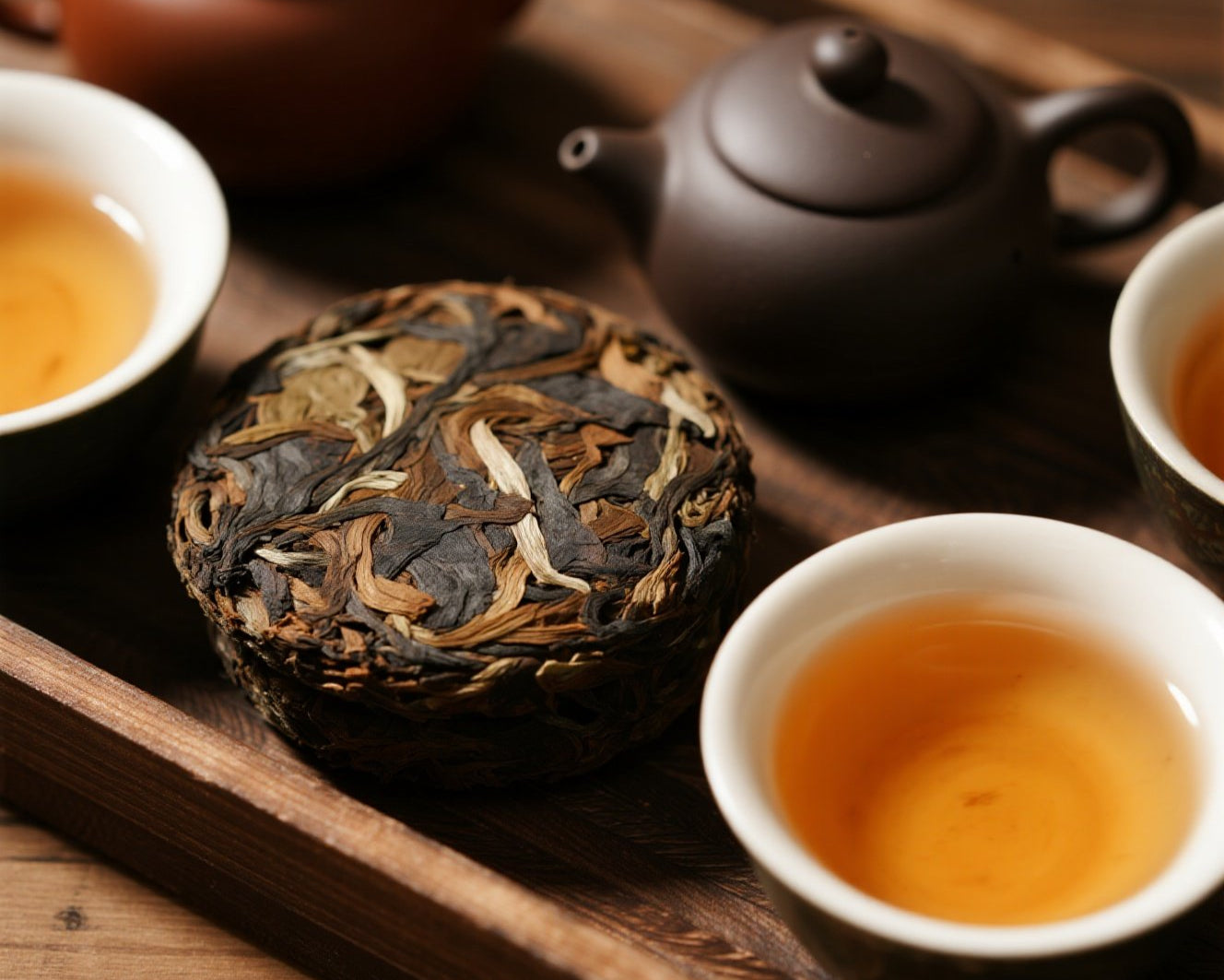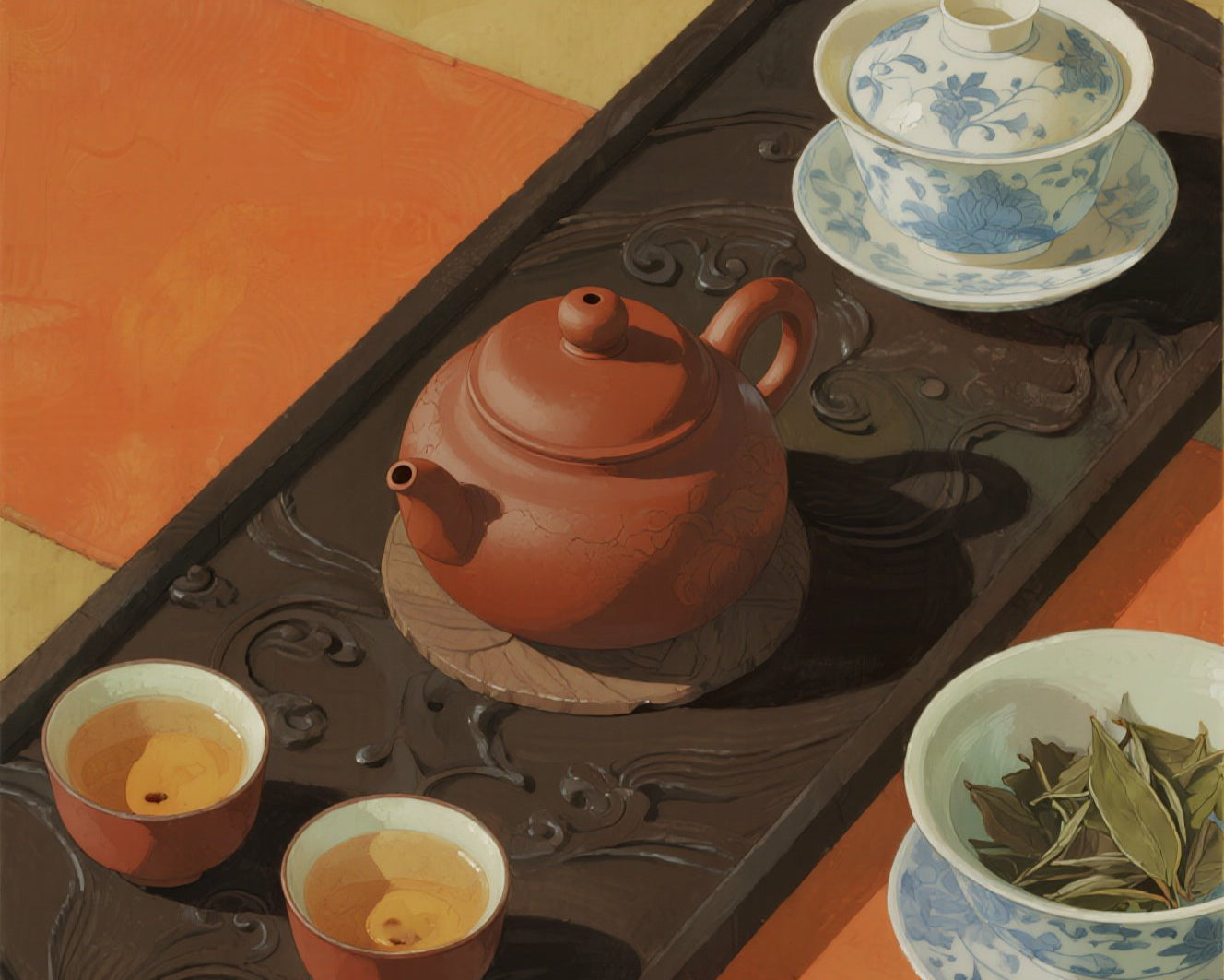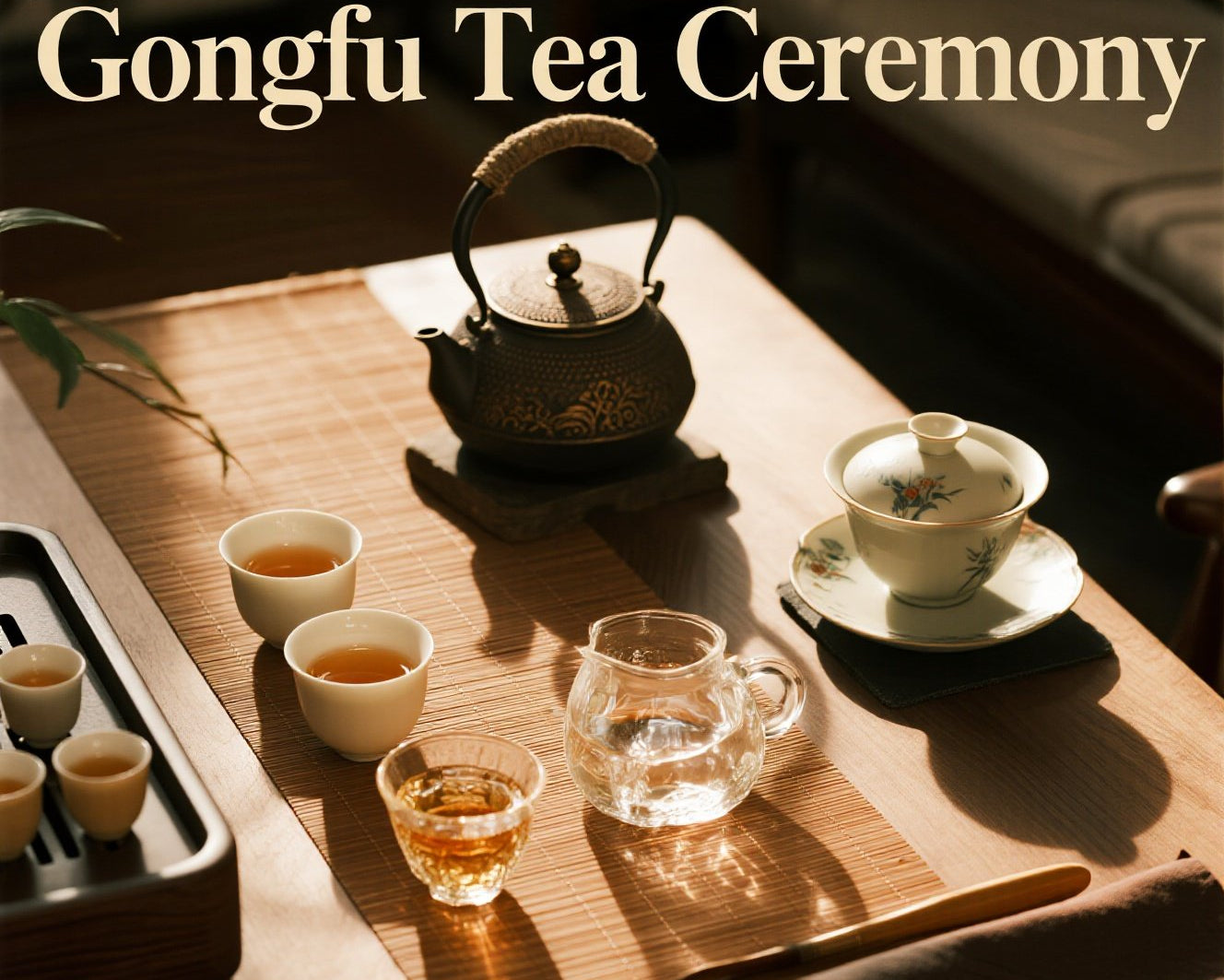Among the rich tapestry of Chinese teas, Pu-erh holds a special place. Known for its deep, earthy flavor and aging potential, Pu-erh is a type of fermented tea that continues to evolve long after it’s made—just like fine wine. In this article, we'll explore the different types of Pu-erh, its place among Chinese tea varieties, and what makes fermented tea so unique.
What Is Pu-erh Tea?
Pu-erh tea (普洱茶) is a post-fermented tea produced mainly in Yunnan Province, China. It’s made from large-leaf Camellia sinensis var. assamica, and its processing allows the tea to ferment and age over time, developing complex flavors and a smooth, mellow body.
Two Main Types of Pu-erh Tea
1. Sheng Pu-erh (Raw Pu-erh)
-
Processing: Sun-dried and naturally fermented over years or decades.
-
Flavor: Fresh, vegetal, floral when young; smooth, woody, and deep when aged.
-
Aging: Improves with time; often sold by vintage year.
-
Color: Pale golden to deep amber.
2. Shou Pu-erh (Ripe Pu-erh)
-
Processing: Accelerated fermentation using a technique called wo dui (wet piling).
-
Flavor: Earthy, mellow, with notes of dark wood, cocoa, or mushroom.
-
Ready to Drink: Unlike Sheng, Shou can be consumed right after production.
-
Color: Dark red to deep brown or black.
How Pu-erh Differs From Other Chinese Teas
| Tea Type | Oxidation Level | Fermentation | Flavor Profile |
|---|---|---|---|
| Green Tea | Low | No | Grassy, fresh, vegetal |
| White Tea | Very Low | No | Delicate, floral, honeyed |
| Oolong Tea | Medium | No | Floral, fruity, roasted |
| Black Tea | High | No | Malty, bold, caramel |
| Pu-erh Tea | Varies | Yes (Post) | Earthy, rich, evolving over time |
Why Choose Fermented Tea?
-
Gut Health: Pu-erh contains probiotics and microbial enzymes beneficial for digestion.
-
Low Caffeine: Especially in aged or ripe Pu-erh, the caffeine content is mellow.
-
Long Shelf Life: Properly stored Pu-erh can last decades and increase in value.
-
Cultural Depth: Each Pu-erh cake tells a story—of terroir, time, and tradition.
How to Brew Pu-erh Tea
-
Water Temperature: 95–100°C (203–212°F)
-
Teaware: Gaiwan or Yixing teapot
-
Leaf Amount: ~5g per 100ml
-
Infusions: Rinse once, then steep for 10–20 seconds; re-steep multiple times
Final Thoughts
Whether you’re drawn to the vintage-aged character of Sheng Pu-erh or the instant comfort of Shou Pu-erh, this fermented tea is a rich gateway into Chinese tea culture. Its complexity, health benefits, and aging potential make Pu-erh a treasured addition to any tea lover’s journey.



